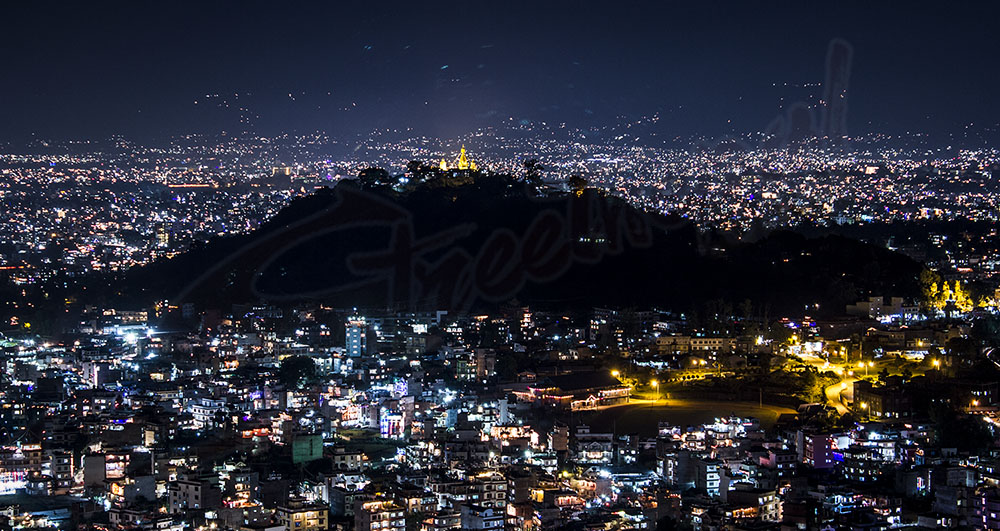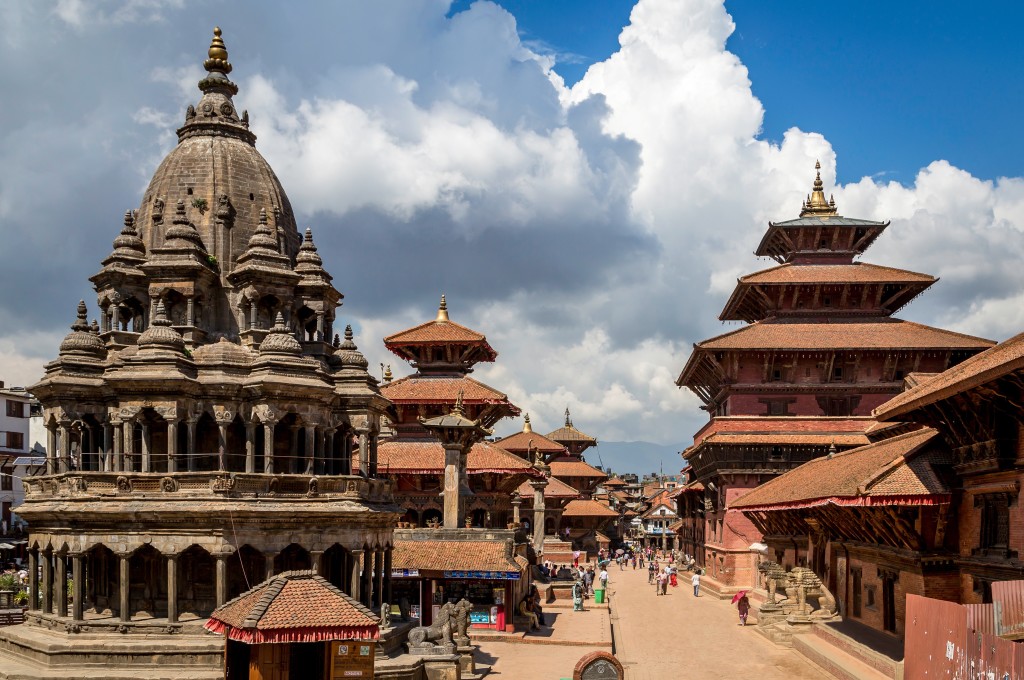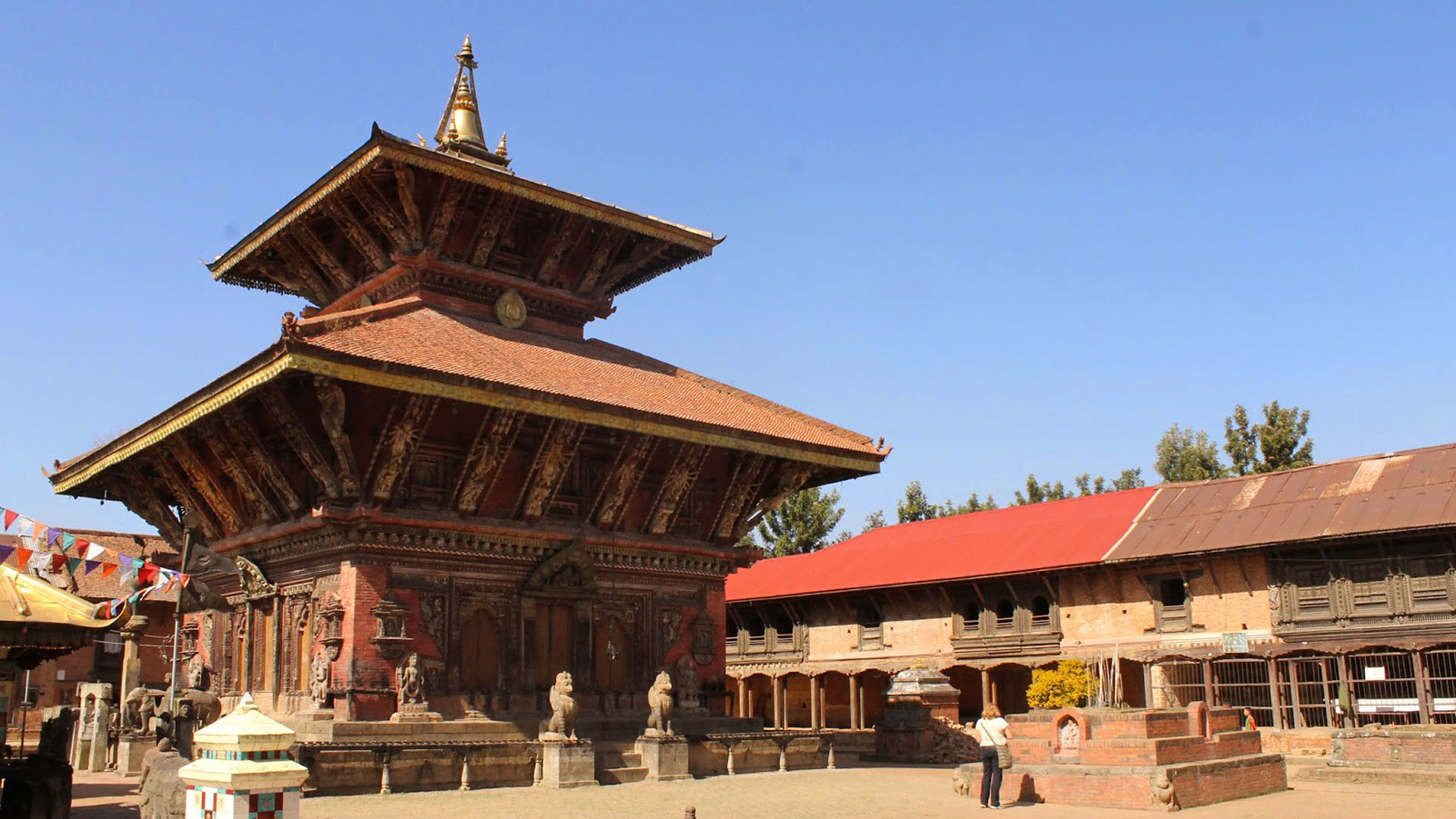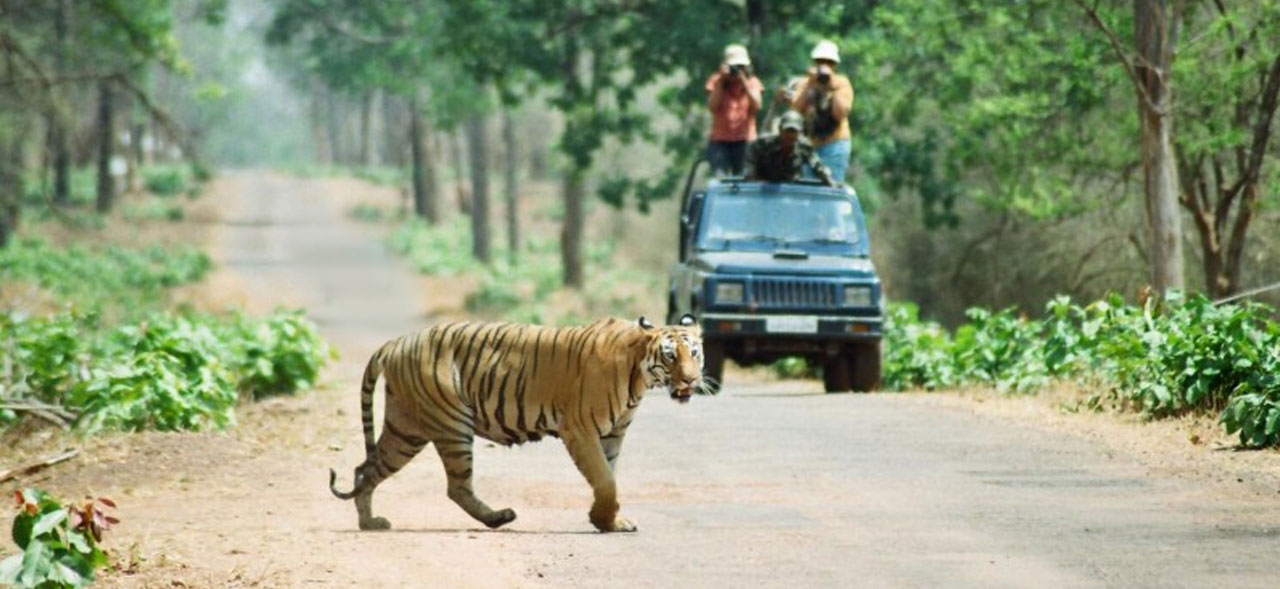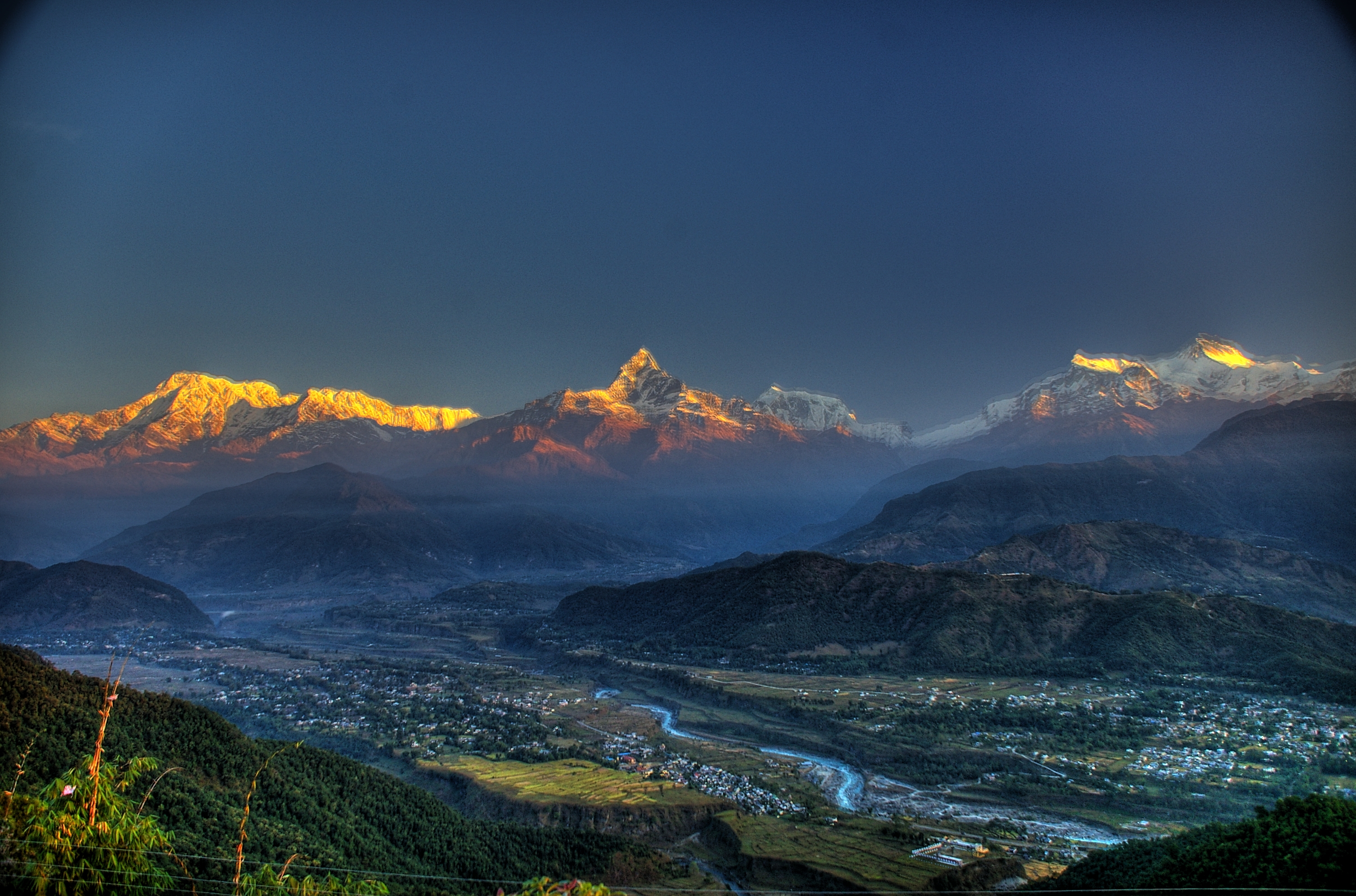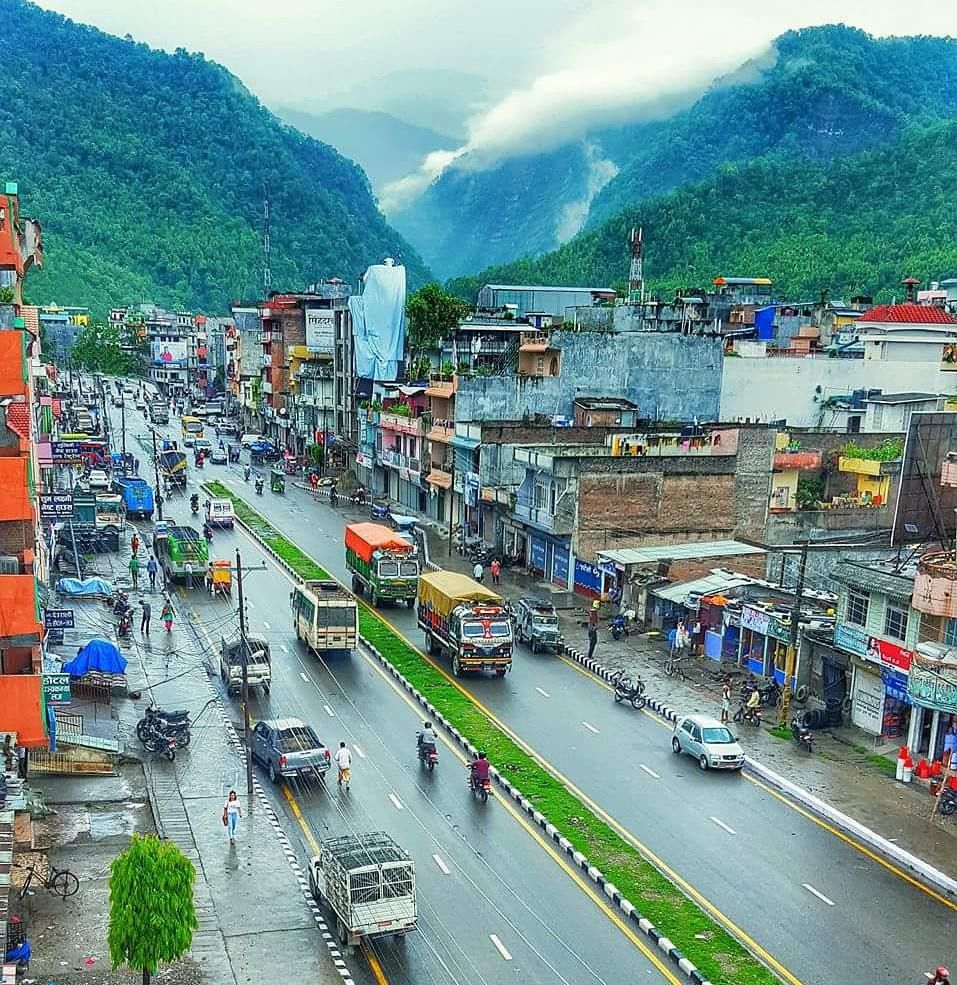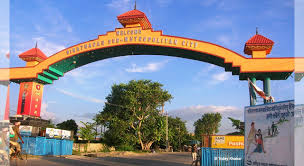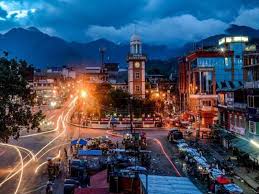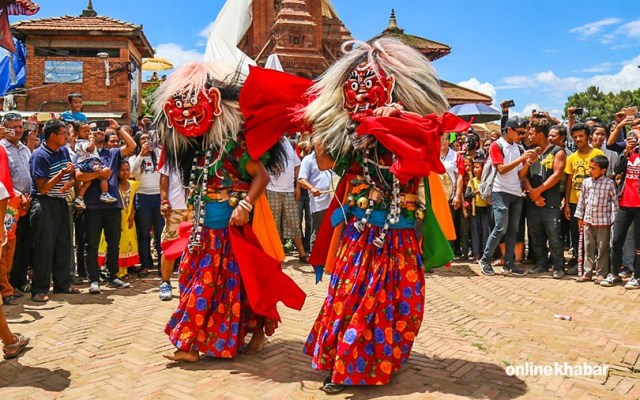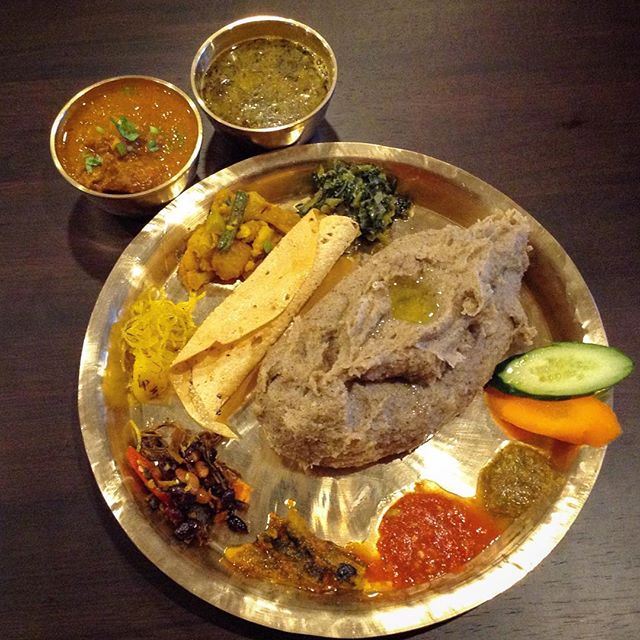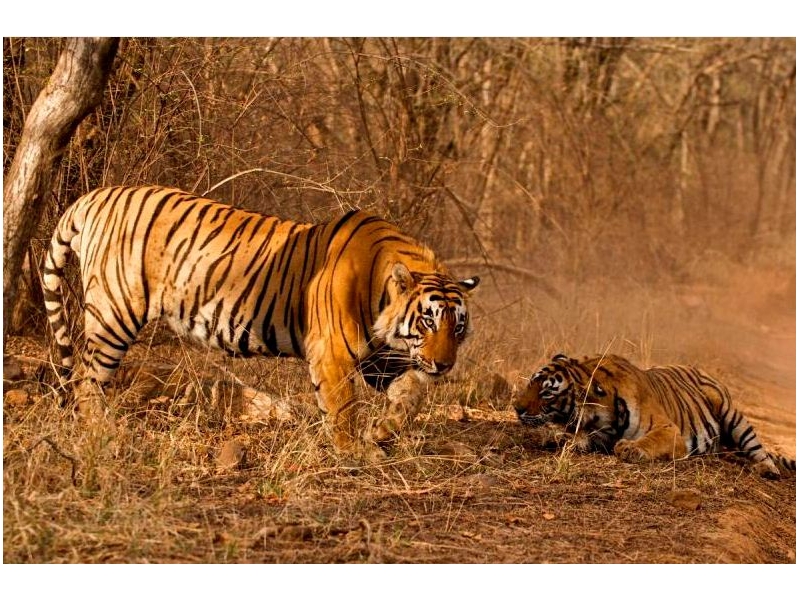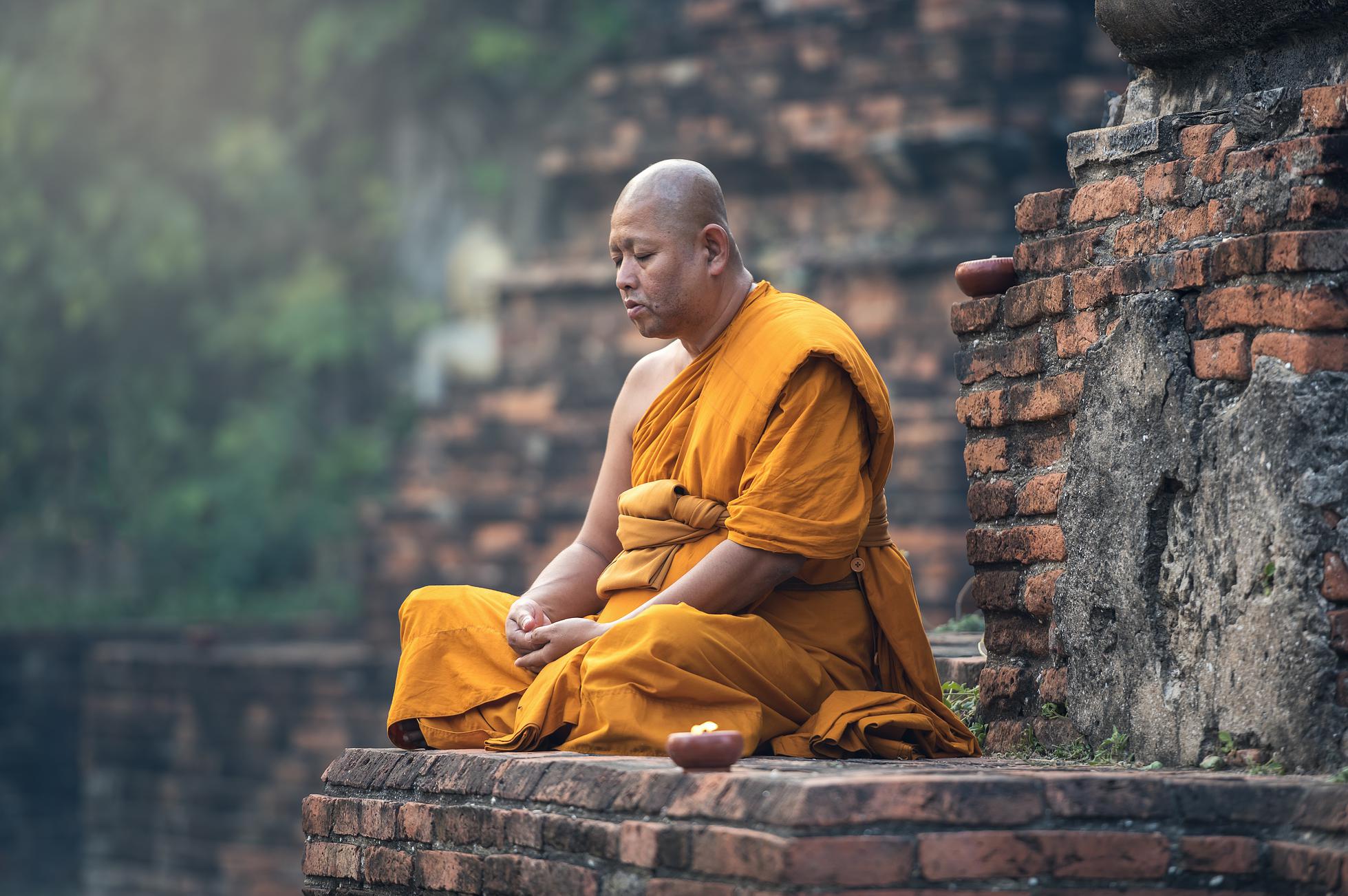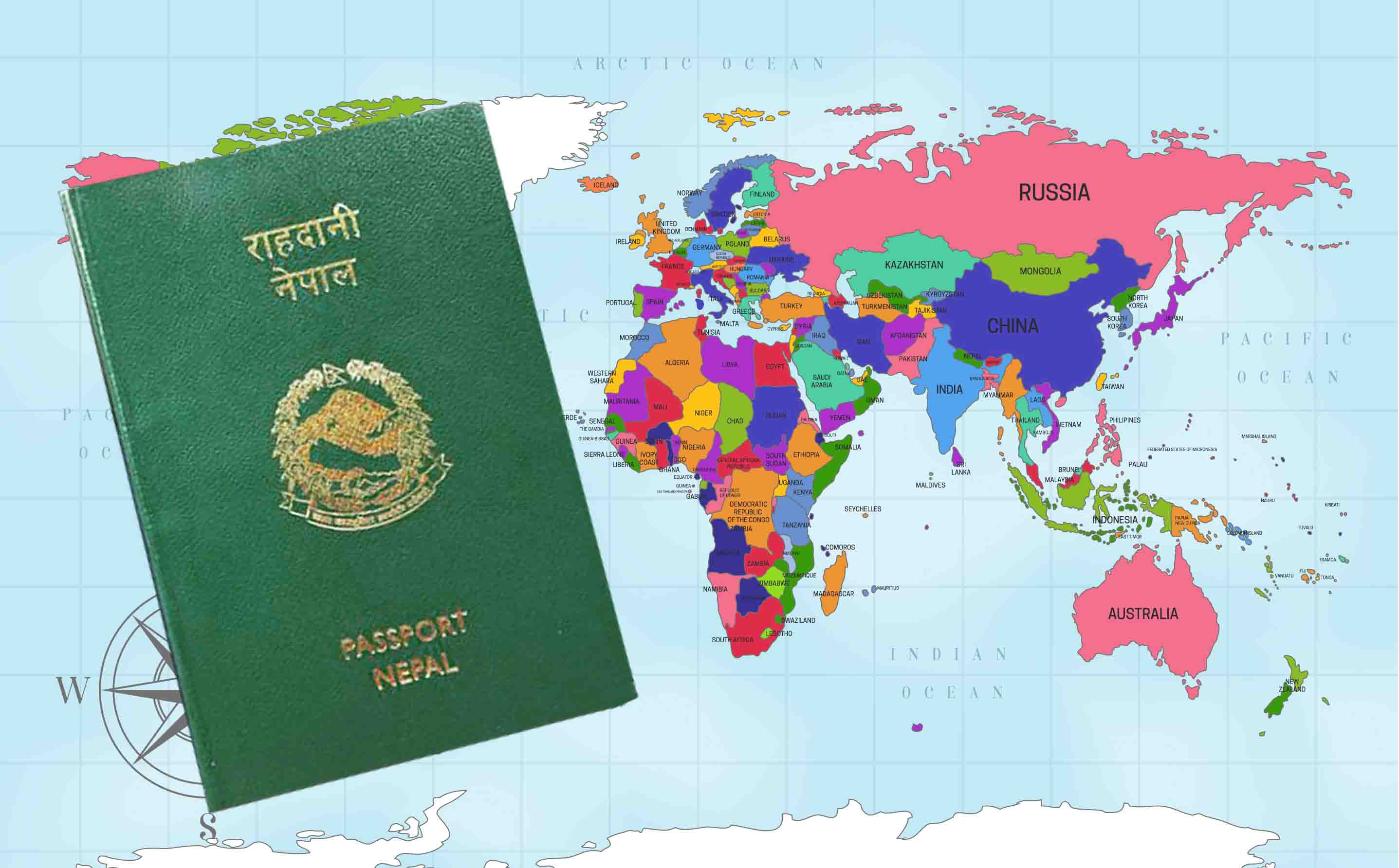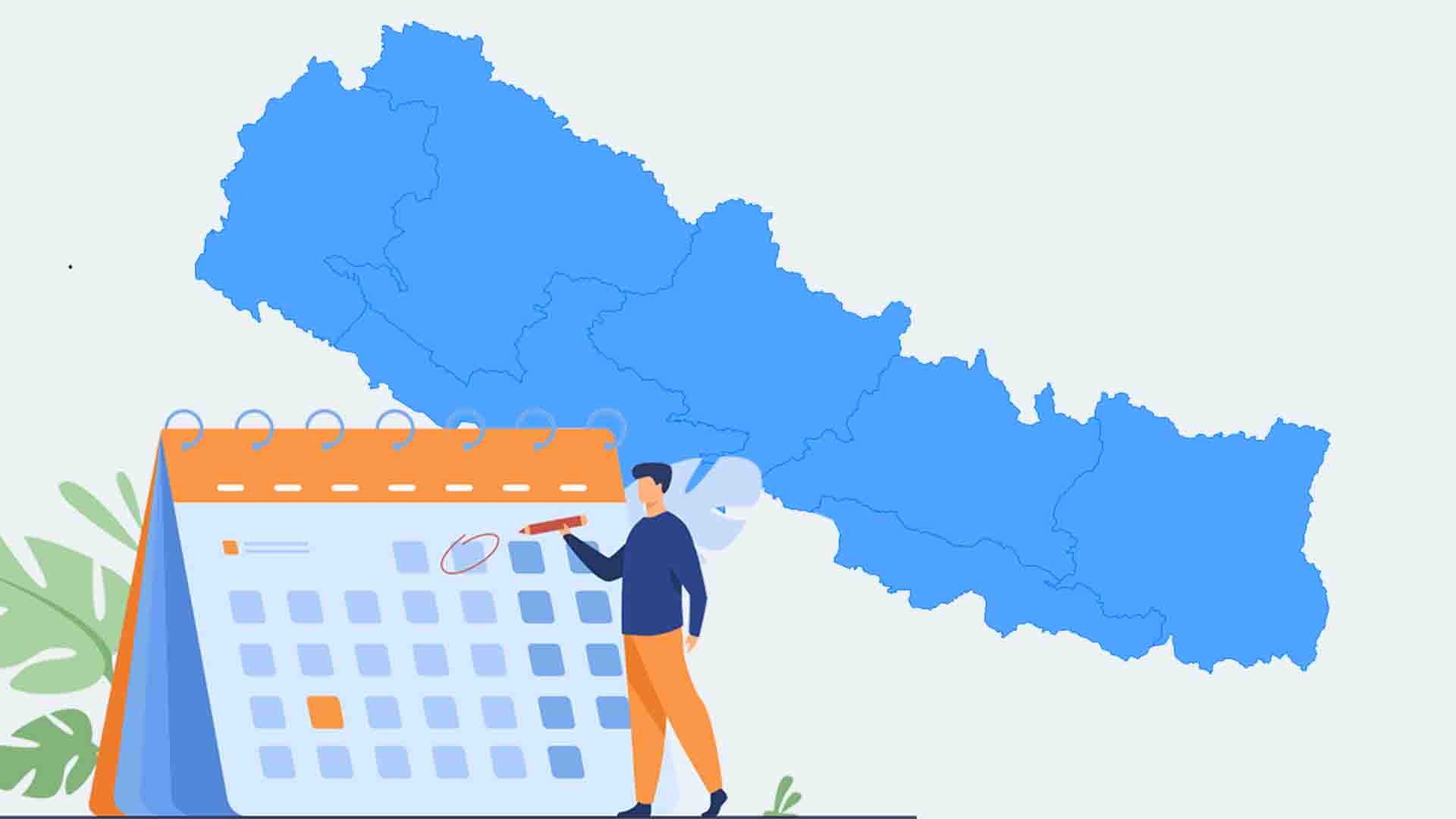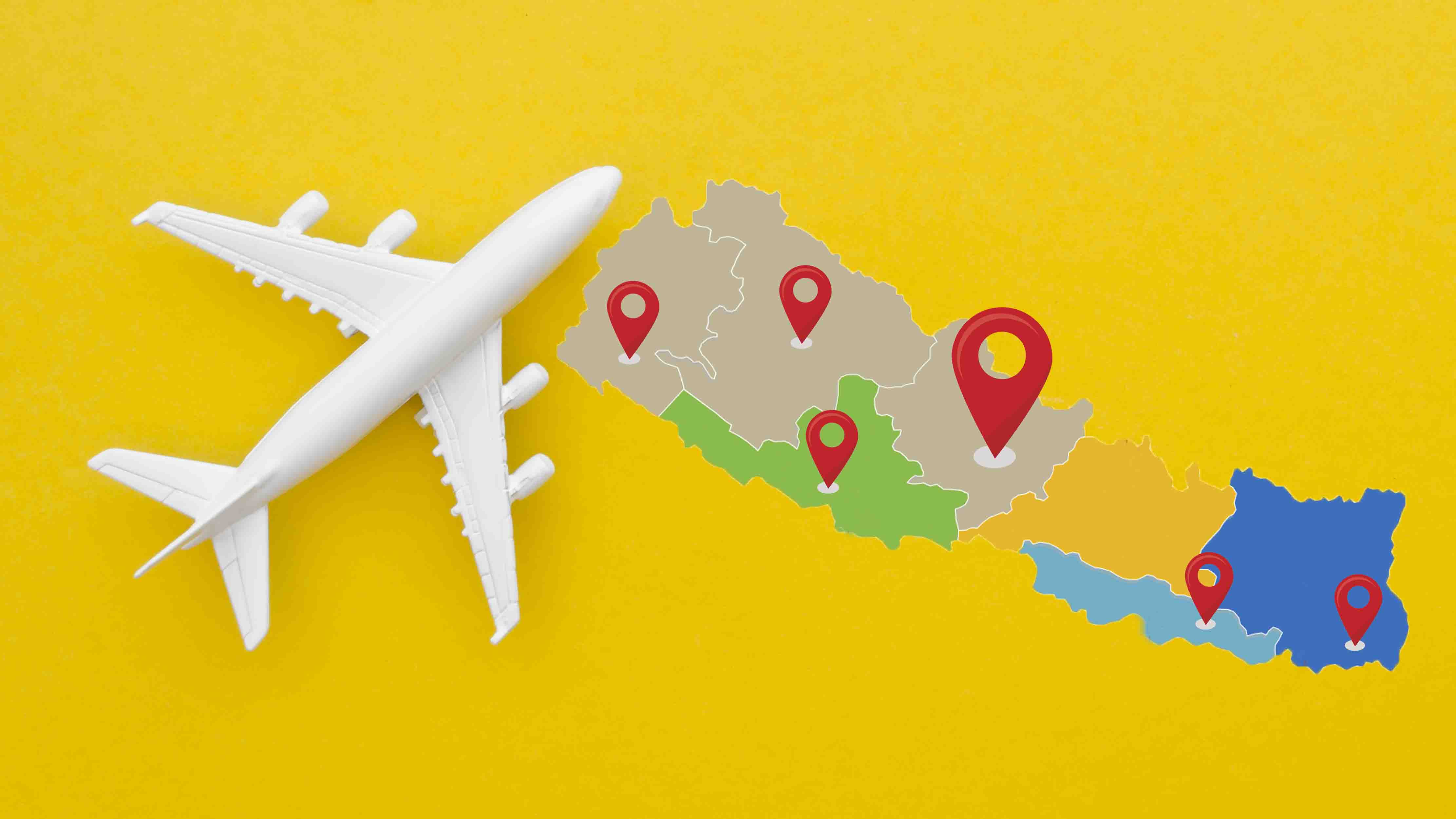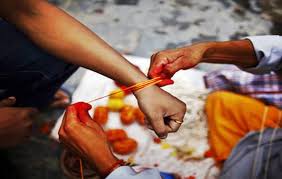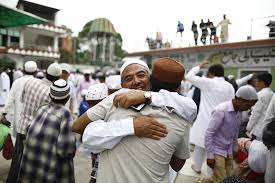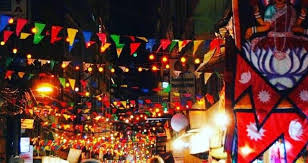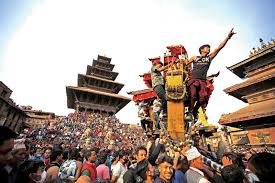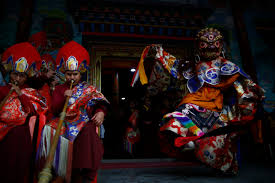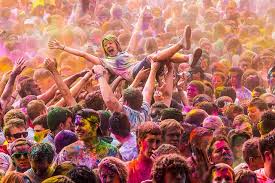Understand Nepal > festival > Janai Purnima
Janai Purnima
Janai Purnima is one of the holy festivals of Hindus which falls in August every year and can vary depending upon the lunar calendar. The festival is celebrated on the full moon day mainly at the holy riverbanks. The crowd of Brahmin surrounds the riverbanks where they take ritual dips in the water and offer their ablution to the deity. On this particular day, Brahmins change their sacred thread which they have been wearing throughout the year.
While the men change their sacred thread, everyone also wears sacred yellow thread around their wrists for a few days which is believed to be holy. The thread is put by Brahmin priests while chanting mantras. By name of the festival, it is quite clear that Janai Purnima is the day when men in the Brahmin families change the sacred thread known as Janai.
Besides the major ritual of changing the Janai, people also cook Kwanti, which is a combination of seven types of beans. The ritual of cooking Kwanti is popular in Newar groups where they call the festival as Gunhi Punhi. The soup of Kwanti is nutritious and is made from sprouted beans. There is a mythical story behind the ritual of eating the sprouted beans on this day.
Another exciting festival that is celebrated on the same day is called Rakshya Bandhan. It is quite popular among Hindus in Terai and Hill regions. It is the festival which is celebrated in other Hindu countries like India as well. On this day, a sister ties a sacred thread around the wrist of her brother/s. Brothers are believed to protect their sisters and vice versa. Tying the thread is all about recalling the responsibilities that are between brothers and sisters. Sisters provide sweets, and different varieties of food, and put tika on the forehead of their brothers before tying the sacred thread. In return, the brothers provide gifts.
The festival is exciting at Kumbheswar in Patan. People decorate Lingam, which is the phallic symbol of Lord Shiva. It is placed in the middle of the Kumbheswar pond where devotees can receive homage. It is one of the public festivals where youths participate to have a great time along with religious importance.
There’s another underrated festival which is celebrated on the same day known as Byan-ja Nakegu. On this occasion, people offer rice to frogs to pay gratitude for the good spell of rain.








